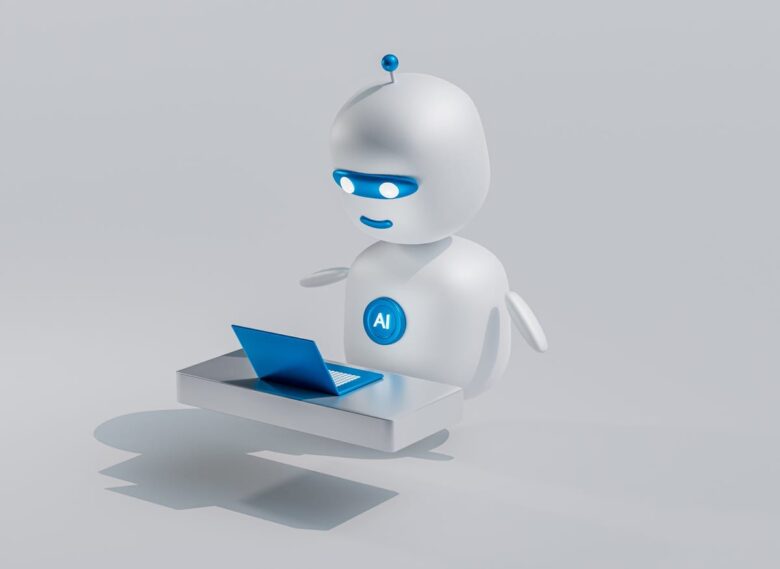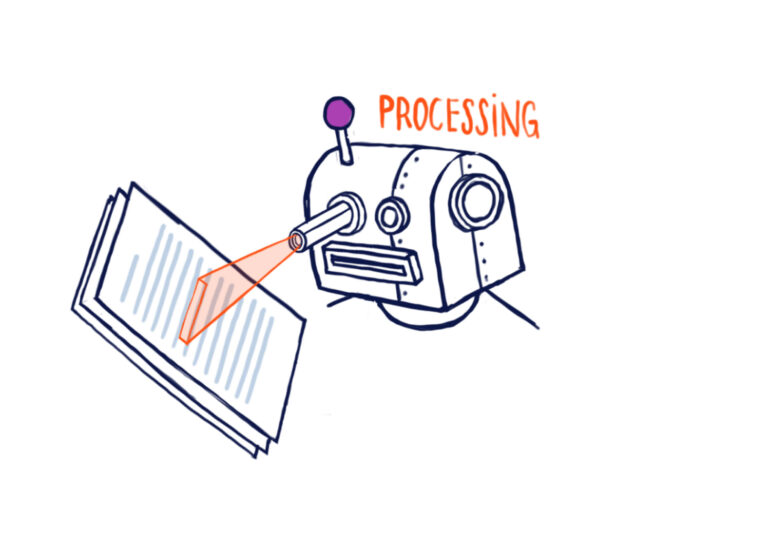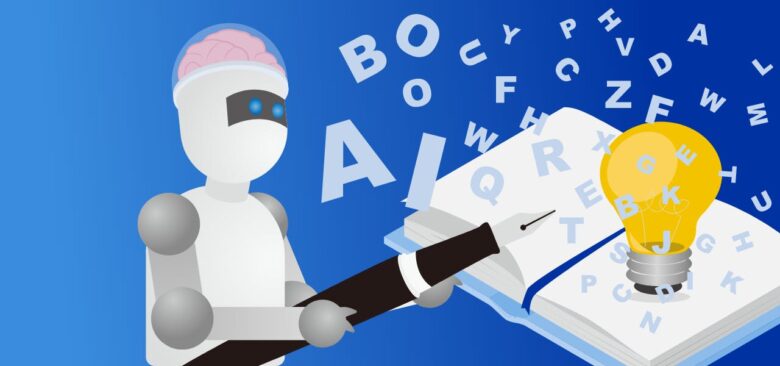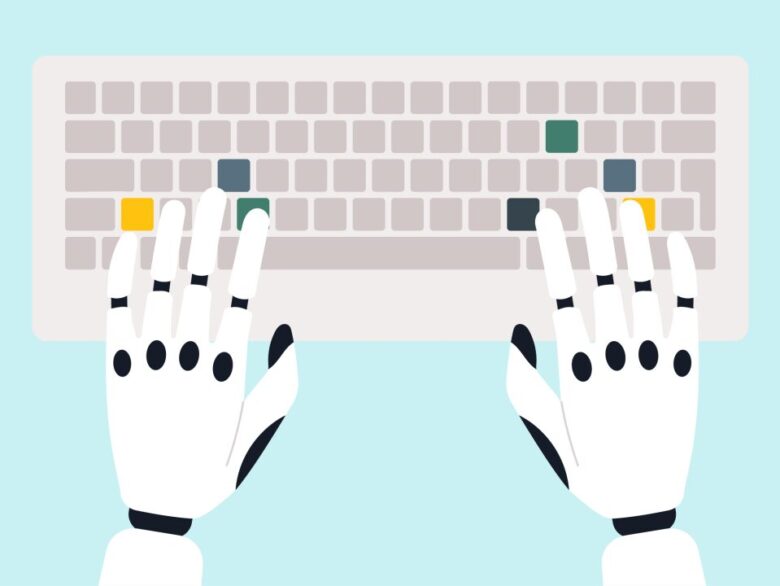Artificial intelligence has become a powerful tool in many fields, especially in content creation. With AI systems generating articles, reports, and even creative writing, a new challenge has emerged: how to tell if a text is written by AI or by a human.
The increasing concern over AI-generated content has prompted the creation of artificial intelligence detector tools, which aim to analyze text and identify its source. Among the most widely used tools is Zero GPT. As AI continues to evolve, it becomes more difficult to distinguish between human-generated and AI-generated content. But is identifying AI-written text a science, or is it more of a guessing game?
The Basics of AI-Generated Text

This content is created by algorithms trained on large datasets of human-written text. These algorithms, often called language models, can produce text that mimics human language patterns and styles. The most advanced artificial intelligence models can create content that is almost indistinguishable from text written by a human. This level of sophistication makes it challenging to identify AI-generated text.
Language models work by predicting the next word in a sentence based on the previous words. They use this method to construct sentences, paragraphs, and entire articles. The more advanced the model, the more natural the text appears.
Signs That a Text Might Be AI-Written
AI-generated text may repeat certain phrases or sentences, especially in longer pieces. This happens because the artificial intelligence tries to maintain coherence but lacks the ability to truly understand context as a human would.
Another clue is the use of overly formal or unnatural language. AI models are trained on a wide range of texts, including academic papers, which can result in the use of stiff, formal language in contexts where a more casual tone would be appropriate. If a text feels overly polished or lacks the nuances of casual human speech, it might be artificially generated.
A third sign is a lack of genuine emotion or personal experience. AI can simulate human emotions by using certain phrases or words, but it cannot truly express feelings. Texts that feel flat or impersonal might be generated, especially if they discuss topics that typically evoke strong emotions.
AI-written content often lacks creativity. These models excel at mimicking existing text but struggle with producing truly original ideas. If a text feels derivative or lacks a unique perspective, it might be AI-generated.
The Role of AI Detection Tools

To help identify content generated by artificial intelligence, various tools have been developed. These tools work by comparing the text in question to patterns and markers commonly found in AI-generated texts.
Detection tools use algorithms that look for specific characteristics in the text. For example, they may analyze sentence structure, word usage, and coherence to detect whether artificial intelligence wrote it. The goal is to provide a percentage score indicating the likelihood that AI generated the text.
While these tools can be helpful, they are not infallible. As AI models improve, they become better at mimicking human writing, making it harder for detection tools to accurately identify AI-written content. Users should approach the results of artificial intelligence detection tools with caution and consider them as one piece of the puzzle rather than a definitive answer.
The Challenges of Accurate Detection
Detecting AI-generated content is not an exact science. One of the main challenges is that AI models are constantly evolving. What might work to detect AI text today may not be effective tomorrow. Language models are continuously being refined, learning to produce more natural and human-like text, which complicates the detection process.
Another challenge is the diversity of AI models. Different models have different strengths and weaknesses, so a detection tool that works well for one model might not be as effective for another. This variation makes it difficult to create a one-size-fits-all solution for identifying AI-generated text.
Human judgment also plays a role in detection. People have different levels of familiarity with AI and varying abilities to spot the subtle clues that might indicate AI-written texts. What one person considers a clear sign of AI involvement, another might overlook. This subjectivity adds another layer of complexity to the process.
The Importance of Context

Context is crucial when assessing whether a text is AI-generated. Artificial intelligence models generate text based on patterns learned from vast amounts of data, but they do not truly understand context. This lack of understanding can lead to awkward or out-of-place content, especially in more complex or nuanced discussions.
For example, an AI might generate a perfectly coherent paragraph about a technical topic but struggle when asked to connect that topic to a broader, more abstract concept. Humans, on the other hand, can draw from personal experience and intuition to make those connections naturally. If a text seems to miss these connections, it could be a sign that AI generated it.
The Ethical Implications of AI-Generated Content
As AI becomes more capable of generating high-quality text, ethical questions arise. One major concern is transparency. Should readers always know when AI has created the text they are consuming? Some argue that transparency is crucial for maintaining trust, especially in fields like journalism or academia, where the authenticity of the content is paramount.
Another ethical consideration is the potential for AI-generated content to spread misinformation. AI models can generate plausible-sounding text that is factually incorrect. Without careful oversight, these texts can be mistaken for legitimate information, leading to the spread of false or misleading ideas.
Practical Tips for Spotting AI-Written Text

There are also practical tips you can use to spot it yourself. Start by paying attention to the overall tone and style of the text. AI-generated content often lacks the subtle variations in tone that characterize human writing. If a text feels overly uniform or robotic, it might be AI-generated.
Next, look for inconsistencies in the text. AI models can sometimes produce content that contradicts itself or contains logical errors. These inconsistencies can be a red flag that it is AI generated.
Another tip is to consider the originality of the ideas presented. AI can produce coherent and well-structured text, but it often struggles with originality. If a text feels derivative or lacks a fresh perspective, it could be AI-generated.
Conclusion
Determining whether a text is AI-written or not is both a science and a guessing game. While detection tools provide valuable insights, they are not foolproof. Understanding the nuances of AI-generated content and using practical tips can help you make more informed judgments.
As AI technology continues to advance, staying aware of its capabilities and limitations will be crucial for anyone involved in content creation or consumption. The line between human and AI-generated text is blurring, but with the right tools and knowledge, it is still possible to tell them apart.






